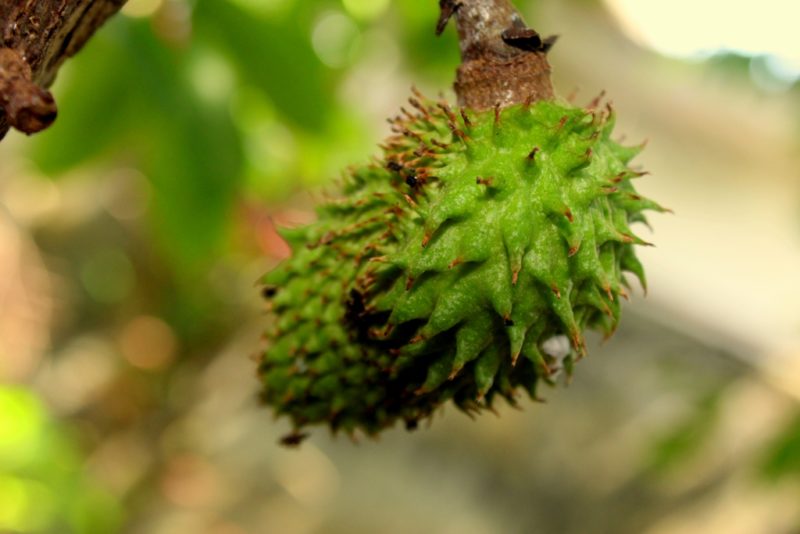An Approach from Cuba to Minimalist Photography

Photo Feature by Ernesto González Díaz
HAVANA TIMES – Minimalist photography comes from the artistic movement known as minimalism or reductive art, which emerged in the United States in the 1950s. In the world of art, minimalism uses a limited number of elements to build the desired effect or convey an intention or concept through a message. It can be said that the most important characteristic of any minimalist work is its maximum simplicity, impartial and neutral approach. It is important to say that the art of a minimalist style or that is associated with this current, can be present in painting, engraving, cinema, theater, dance, it can be present in practically any artistic manifestation.
In the case of minimalist photography, this is characterized by simplicity, sobriety, the use of the fewest number of objects in the composition process and a restricted number of colors, which is why many photographs considered minimalist are monochrome or black and white. The photographer focuses fundamentally on showing textures, geometries, and simple shapes, although in the same work there may be repetition of the same shape, for example a line. Minimalism is an artistic style or current that can be applied to various genres such as portraiture, landscape, nature photography, still life, among others.
The images that we show as an example of photographic minimalism, from a technical point of view, are characterized by having a very open diaphragm, between 4 and 5, which guarantee selective focus, almost at the macro level, so that visuality is focused on a single object or element.





